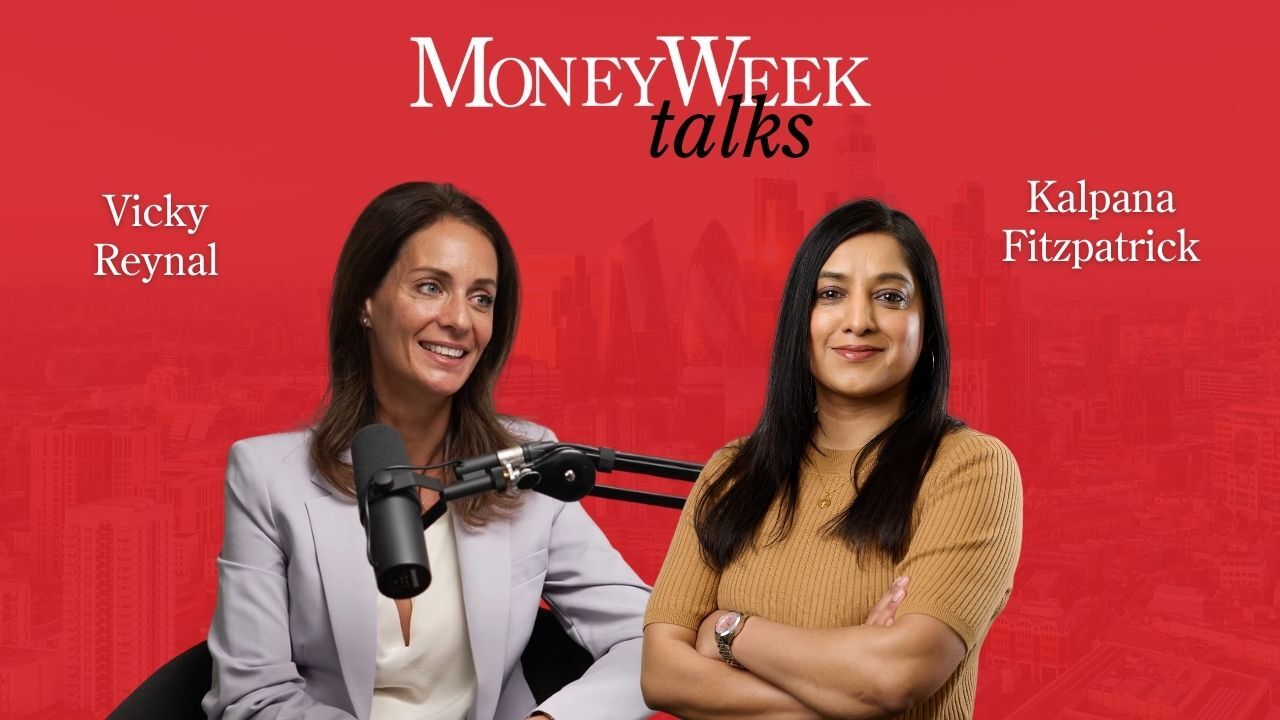Which stop loss is best in a volatile market?
Along with some exciting opportunities, the current volatility in the markets presents spread betters with increased risk. It is vital that you choose and set your stop losses properly. But which ones should you use? Tim Bennett explains.
Only someone who has been in an underground bunker (or more likely been on holiday) recently, will have missed one very clear feature of recent equity markets huge volatility. And that presents both opportunities and challenges for spread betters, especially when it comes to stop losses.
The fastest way to get a handle on the level of volatility in, say, the US equity market (something of a global equity barometer) is the Chicago Board of Exchange (CBOE) Vix index. Its long-term average volatility reading is around 13-15. But at the moment it is hovering near 40. Sure, it's been up much higher than that in the past (over 80 in 2008)but as a rule of thumb, anything above about 30 is taken to indicate big volatility. And that can mean extra trading risk.
The classic way a spread better would manage price risk is a stop order. These are placed slightly below (if your position is long) or slightly above (if your position is short) the current market price. The idea is that if say the market suddenly plummets while you are long, the stop order limits the damage and vice versa for a stop placed to protect a short position. But which one to use?
MoneyWeek
Subscribe to MoneyWeek today and get your first six magazine issues absolutely FREE

Sign up to Money Morning
Don't miss the latest investment and personal finances news, market analysis, plus money-saving tips with our free twice-daily newsletter
Don't miss the latest investment and personal finances news, market analysis, plus money-saving tips with our free twice-daily newsletter
First off there's the plain vanilla stop order. This in theory kicks in as I just described. Or does it? The problem with these is although they are cheap (the extra spread charged is relatively small especially on the most popular contracts) they may not stop you out at the price you specify. Indeed, if your stop loss is part of an avalanche of similar orders at a particular price, you may get stopped out some distance from where you intended.
Next up, the trailing stop. These in effect follow say your long trade up but at a fixed distance. So set the trailing stop at say 95% of the current price and as the underlying asset moves up so the stop keeps a distance of 5% below it. When the time comes for the stop to activate, the idea is this protects at least some of your cumulative profits to date.
These are fine normally but there's a problem that is all too common just now what if you are stopped out when you'd rather not be? The problem with high volatility is it can temporarily send stocks sharply up or down. If that one-off move activates your trailing stop, you then may miss out on any bounce or pullback. In short, you'll spend a fortune both on the stops and on resetting stopped trades.
So perhaps the best bet just now is to use a guaranteed stop that you set and monitor. These cost a bit more in the form of a wider bid to offer spread. However they get around both problems. First off, they stop you out at the price you expect. And second your active management of them you move the stop level rather than relying on an automated instruction means you can adjust your stop distance as conditions dictate. Right now, I'd set them a decent distance away and limit any additional risk with smaller bet sizes. There's no magic percentage here (as a guide my colleague John C Burford likes to avoid putting more than 3% of his capital at risk on any one position) practice and experience are ultimately the keys.
Get the latest financial news, insights and expert analysis from our award-winning MoneyWeek team, to help you understand what really matters when it comes to your finances.
Tim graduated with a history degree from Cambridge University in 1989 and, after a year of travelling, joined the financial services firm Ernst and Young in 1990, qualifying as a chartered accountant in 1994.
He then moved into financial markets training, designing and running a variety of courses at graduate level and beyond for a range of organisations including the Securities and Investment Institute and UBS. He joined MoneyWeek in 2007.
-
 How to protect property in a divorce – and the common mistakes to avoid
How to protect property in a divorce – and the common mistakes to avoidThe festive period can sadly push some marriages to breaking point, forcing couples to consider what will happen to their property after divorce.
-
 Why you fear money – and how to fix it: MoneyWeek Talks
Why you fear money – and how to fix it: MoneyWeek TalksPodcast MoneyWeek's digital editor, Kalpana Fitzpatrick, speaks to financial psychotherapist Vicky Reynal about how to change your money mindset for the better.